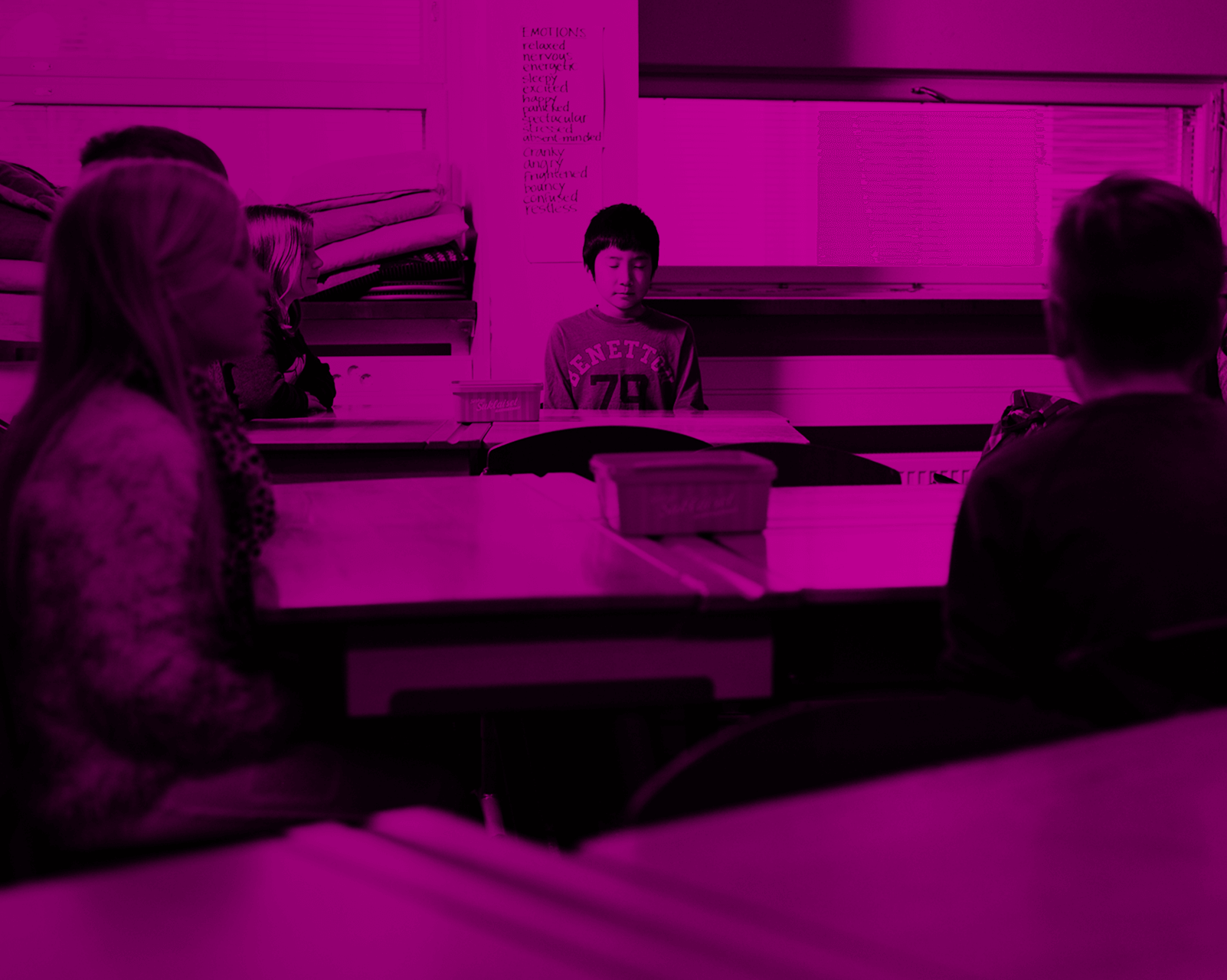We need to meet students where they are, encouraging them to be creators of knowledge they can transfer to real world situations. By designing their learning experience, they become problem solvers, critical thinkers, content experts, and collaborators. Through evolving to teach more of these new “basic” skills, we prepare them for the world they live in now– and one they’ll shape in the future.
A student-directed project (SDP) model empowers students to do an in-depth exploration of a topic or theme they are passionate about through developing an essential question to drive the process. Our innovation addresses the need every student has to be curious about and explore the world around them in meaningful and relevant ways. Shifting the paradigm around the role of students is a key element to success. The work exemplifies that, from creating fire-preventing robots to founding women-owned businesses, students have demonstrated real learning happens when given the chance to explore. A variety of tools and tech (analog and digital) are utilized in each SDP. The model is not proprietary, it is easily scalable once an institution buys into the importance of this approach. Having the mindset to value opportunities that help students explore their passions and drive that exploration is invaluable.
This innovation has been piloted at Beaver Country Day School over the last five years. In the last couple of years, we have seen an impressive increase in the number of students who applied for an SDP, as well as a great variety of projects. Applications have increased over 50%, with more than 25% of upper school students applying this year. In the future, we are hoping this trend will continue, and hope to continue to see a more diverse group of students apply.
In the next year we will begin to introduce this model in our middle school with a slightly more age-appropriate, guided approach. As an additional indication of interest in scaling, Beaver has been asked to present on the model that supports SDPs at conferences nationally and internationally.
The main ingredient for success in adapting an SDP model is to shift the mindset regarding the role of students. Then it’s a matter of prioritizing the work to make it part of the curricular day, for credit; establish student goals and needs; then create a timeline, feedback loop, and communication plan. Please contact Kader Adjout, Director of Teaching, Learning & Innovation kadjout@bcdschool.org



